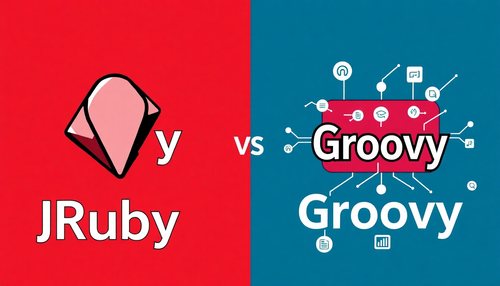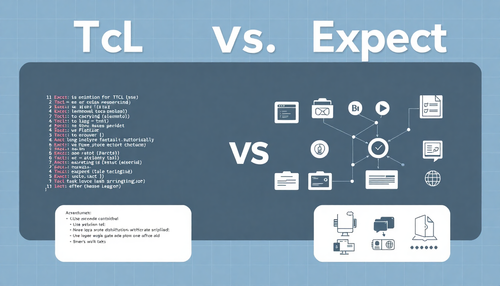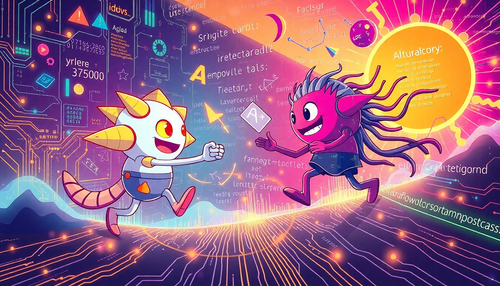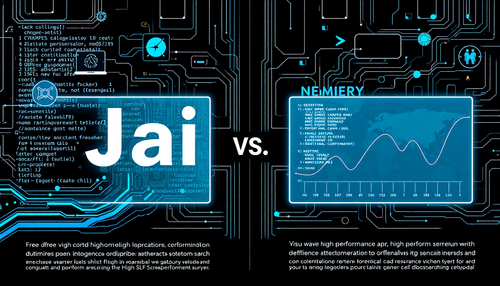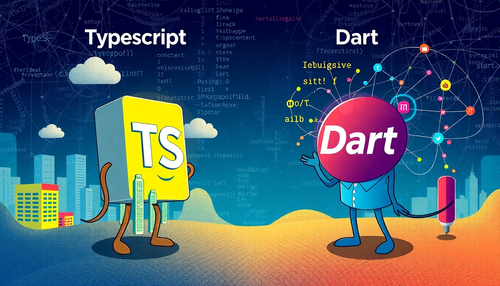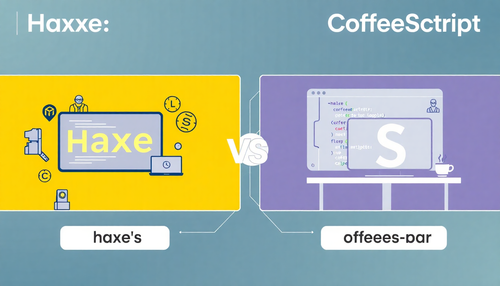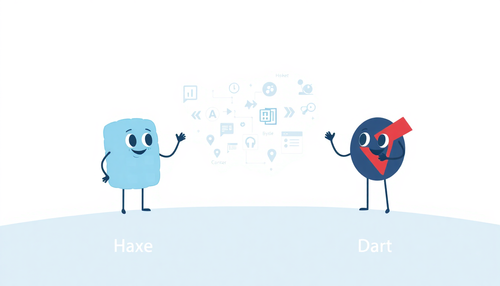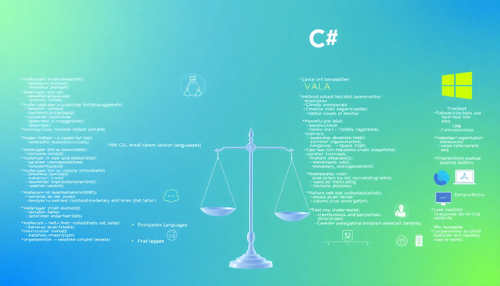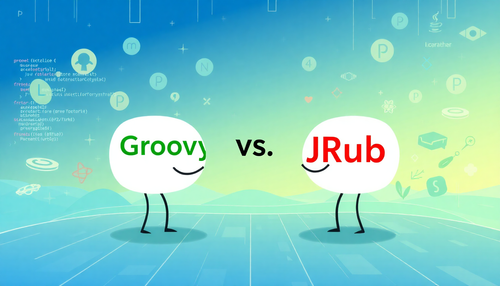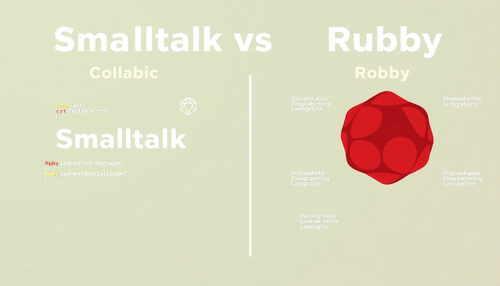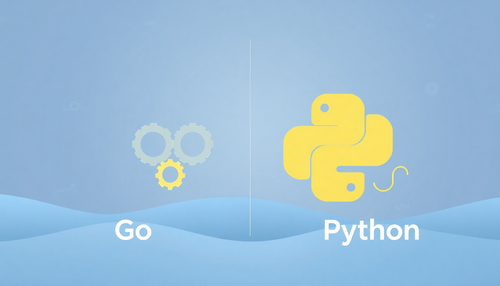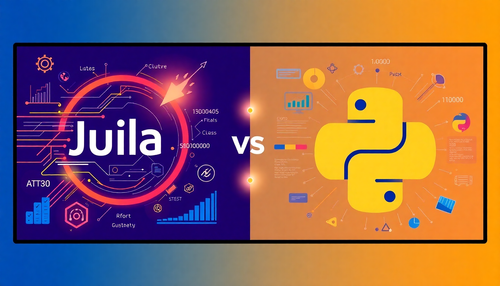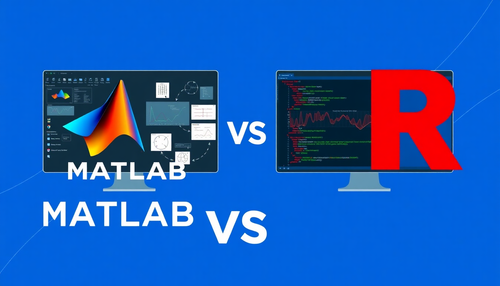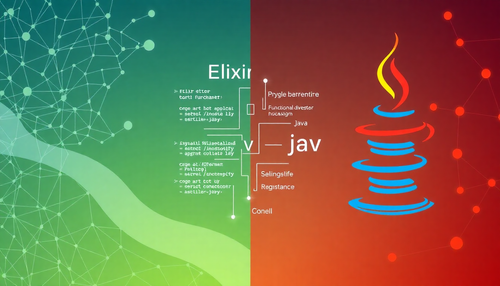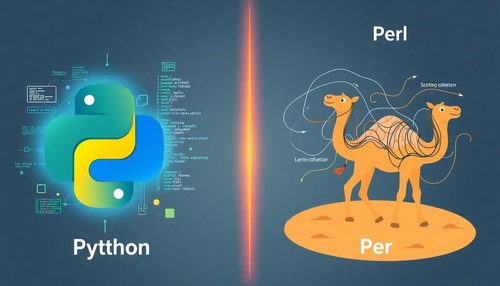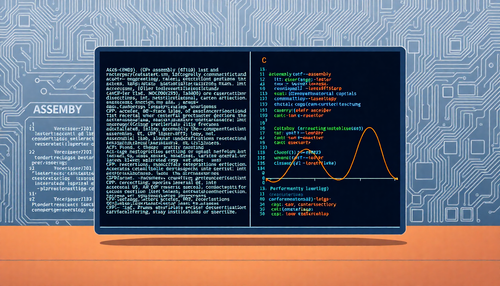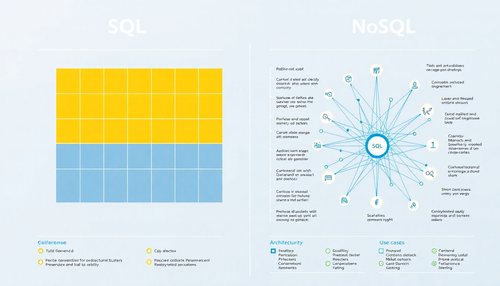Remote work is here to stay, and having the right tools for your team is essential in this new connectivity scenario

Unprecedented times have reshaped the traditional work paradigm, ushering in an era that would have been unimaginable just a few years ago. The ubiquity of high-speed internet and cutting-edge technology has encouraged companies to venture outside the familiar confines of physical offices into the limitless realm of remote work. Today, we’re going to delve deeper into this new normal: remote work.
Launched by global technology giants, especially software development companies, and then adopted by forward-thinking companies across industries (helped in no small part by COVID-19), remote work is more than just a trend; it is an evolutionary leap in the way companies operate. However, understanding its mechanics goes beyond simply sending employees home with laptops. True understanding requires examining its implications for teamwork dynamics, productivity metrics, and business security – especially when managing software development teams.
In essence, effective remote working intrinsically depends on robust collaboration between team members spread across geographical boundaries – somewhat similar to symphony conductors ensuring that each musician plays their role perfectly, even if not everyone is present within the four walls of an auditorium. .
For CEOs, CFOs, and investors, it becomes imperative to understand how software teams collaborate efficiently in these dispersed environments while maintaining productivity levels comparable (if not superior) to conventional setups. They must successfully navigate this digital maze to make powerful decisions: investment allocations for the right tools or evaluating “people costs” versus revenues as the workforce shifts locations from office meeting rooms to living rooms. cozy!
Here are five tools that have become essential for remote work.
Tool #1: Zoom – The virtual meeting room
As project managers and senior developers increasingly lead remote teams in this dynamic business environment, one software tool that undoubtedly earns its place on our top five list is Zoom.
Look, we all learned firsthand how great Zoom was when our kids spent an entire school year learning with the platform (or similar solutions). If Zoom can be used to manage a classroom of tweens, it can handle just about anything out there.
Beyond just another video conferencing app, Zoom has quickly gained recognition as a reliable hub for remotely simulating an in-room experience. However, what sets it apart and makes it particularly interesting for decision makers are its features designed with team collaboration in mind.
Naturally structured discussions are the lifeline of strategic decision-making processes in any company. With a highly intuitive user interface (UI), Zoom makes this easy by providing robust options such as recording meetings — a feature that proves extremely beneficial when dealing with complex topics that require revisits or for stakeholders who were unable to participate due to time zone restrictions.
In terms of promoting productive brainstorming sessions among your teams spread across geographies and times – again, something critical to innovative leaps for any business, the breakout room functionality works exceptionally well.
By dividing your participants into smaller groups all on a single call, you can really increase interaction while maintaining control over coordination. Its visual element further helps you present data-driven conversations about financial growth patterns or technology trends that impact your investments.
Zoom also offers opportunities to integrate with other software tools commonly employed in workplaces, such as Outlook, Google Calendar, and Slack, so users can perform functions from scheduling meetings to sending reminders without leaving either platform. which certainly increases efficiency.
The more people involved directly translates to greater complexity when navigating participant responses during virtual meetings. Think investor relations meetings or quarterly financial review conference calls! This is where advanced features like selectively muting/unmuting participants come in handy, enhancing the overall command of webinars compared to traditional conference calls with limited functionality, and when combined with easy screen sharing capability, ensures that everyone is literally on the same page!
Privacy issues often considered critical have been addressed through end-to-end encryption, ensuring sensitive discussions remain confidential.
This, along with comprehensive administrative controls, allows for incredible customization and adaptability without sacrificing security. It's a solution that has proven invaluable during the pandemic and has rightfully earned its place as the default meeting app.
Tool #2: Slack – The Digital Water Cooler
As the second tool in our quintet of remote collaboration software, we present to you Slack – often called the “digital water cooler” for modern businesses and start-ups. While conventional workplaces had a water cooler around which creativity flowed and ideas sprouted, today's digital workspaces have Slack. But it's much more than just a virtual congregation point; aims to modernize communication within an organization.
Slack reshapes the way teams interact, creating an organized space where conversations are not only possible, but widely encouraged across geographies and departments. As a CEO or investor, this promotes transparency in operations that contribute significantly to decision-making processes.
Slack's strength lies in its ability for synchronous (real-time) and asynchronous modes of communication, encompassing multiple channels dedicated to specific topics or departmental goals. In fact, team members can dive straight into ongoing discussions without scrolling through long email threads, saving precious time on unproductive routines.
An essential aspect is that, while promoting real-time interaction, it prevents distractions, allowing the suspension of notifications during deep focus tasks or outside working hours, thus promoting greater productivity at individual levels.
Further cementing its reputation as one of the best tools on remote substrates are its robust integrations with several other applications widely used across industries: Google Drive for storage purposes, Zoom for video conferencing needs, etc., allowing CEOs and CFOs access continuous access to various functionalities. under a common interface, directly from your desk couch!
Another cool Slack feature makes life easier, especially when engaging with service providers outside of your regular workflow: guest accounts. They allow anyone who is not part of your workspace network to interact without compromising security protocols — ensuring business continuity while protecting the integrity of corporate data!
And let's not forget how easy it is to integrate new solutions with Slack. I've seen some great use cases, like having bots that periodically report the status of certain services (and in some cases, prank other employees, not that I endorse that).
Last but not least, one cannot ignore the importance that investors attach to data analysis nowadays. If you need data, Slack has you covered with that too. It stands out through powerful analytics utilities that provide insights into employee engagement and workspace usage, whether they are collaborating primarily through direct messaging or within channels. This is a godsend for both management and HR, and is a great ally in making informed decisions about resource allocation and role responsibilities.
Tool #3: Jira – the online project manager
Jira is an innovative project management tool developed by Atlassian that offers powerful features to streamline your software development process. It's not just about managing tasks; it’s about empowering teams and driving business growth.
The power of agile methodology
One of the standout aspects of Jira is its ability to offer integrated support for the Agile methodology. Agile has become synonymous with modern software development due to its emphasis on flexibility, adaptability and continuous improvement. With Jira's robust Scrum and Kanban boards, teams can visualize their workflow better than ever and easily track progress at each step.
This visibility ensures everyone knows what they need to do next — no more missed deadlines or neglected tasks! Additionally, as leaders within your organization or potential investors looking for markers of efficiency in the companies they invest in, this level of transparency provides valuable information about the team's productivity levels.
Real-time collaboration and communication
Jira promotes real-time collaboration between developers through shared dashboards that display live updates on task status. With these instant communication channels available on the platform itself, miscommunications become a thing of the past, leading to better overall performance!
Lots of integrations
Another attractive feature that sets Jira apart from other project management tools is its extensive integration capabilities with popular developer tools like Bitbucket and Confluence, along with customer service platforms like Service Desk. This means that all relevant information remains centralized, reducing inefficiencies caused by data dispersed across multiple platforms and thus saving time and resources!
Customizable workflows and scalability
Each company operates differently depending on its specific needs; therefore, customization becomes crucial when choosing any tool/software for your operations. JIRA allows users to customize workflows according to their specific requirements, thus ensuring maximum compatibility with existing processes without the need for major revisions!
Furthermore, whether you are running a startup or leading a multinational company, scalability should always be considered when investing in new technology solutions! And here JIRA doesn't disappoint, offering plans suited to businesses at different stages, ensuring long-term viability as you grow!
Tool #4: Google Drive – the cloud-based archive
Enter Google Drive , the fourth tool we'll call on our list of essential tools for remote teams and a powerful cloud-based “file cabinet.” It is designed to not only store your files securely but also for seamless online collaboration, raising efficiency levels among diverse teams working in various corners of the world.
Google Drive offers several benefits that make it an ideal choice when choosing collaboration tools. Firstly, as part of G-Suite – essentially a package of Google's most popular apps, like Gmail, Hangouts, Meetings and Docs – it can integrate seamlessly with programs you probably already use. This integration reduces friction between platforms, saving time spent learning new software functionality or switching between different services.
For those concerned about the security issues presented by cloud storage, fear not! With enterprise-grade access controls backed by its highly reliable encryption technology for data transit and storage, your sensitive corporate data is securely protected.
While storing important company files may seem like a difficult task when working remotely, it becomes much simpler with Google Drive by centralizing all essential items in one place, mitigating the risks involved. Of course, no cloud solution can protect you from human error, so your team must be well versed in cybersecurity and best practices.
That said, Drive is an extremely user-friendly tool designed to provide intuitive navigation for tech experts and enthusiasts alike. In other words, Google has done a fantastic job of providing a friendly and safe user experience.
An often overlooked crucial feature is its robust search function. With terabytes of data, it's easy to lose track of our records. However, the built-in search engine simplifies searching based on file type, modification date, who modified which file, and so on.
Tool #5: Asana – The Remote Work Taskmaster
In this digital age, if we were to personify software programs, Asana would certainly pass as the taskmaster par excellence in managing remote workforces. This massive tool integrates professional organization with stellar execution capabilities.
Operational efficiency is at the heart of any successful organization, regardless of its size and geographic spread. A key facet of maintaining productivity is effective team coordination and hassle-free supervision of task progression. Enter Ásana ; it meets these needs while leveraging the potential of your remote workforce.
One standout feature that Asana keeps stakeholders in check with is its visually appealing project roadmap solution called Timeline. This innovative offering builds an interactive timeline that enables rigorous planning for complex, long-term projects by closely tracking progress within predetermined timelines.
For top executives who need a bird's-eye view of their teams' schedules and deadlines across multiple business units or industries, Timeline offers unprecedented insights into activity allocation while breaking large undertakings into manageable mini-projects.
Meanwhile, portfolios, another distinguishing feature featured by Asana, help CEOs maintain cross-functional alignment across dispersed teams. It provides real-time visibility into strategic initiatives, multiplying the varieties of transparency while enabling redirection or recalibration when necessary — a huge win for investment course correction.
CFOs will particularly benefit from personalized research reports. Asana facilitates data-driven decision-making by filtering detailed data drawn from multiple projects simultaneously, simplifying financial governance tasks amid the chaos that arises during remote work.
Maximizing Efficiency: How to Best Use These Tools
These platforms play considerable roles in increasing productivity. However, it is not enough to select them based on the features offered. It’s equally important to understand how best to use them for maximum impact.
Here are key insights on how you can leverage these tools efficiently.
Effective Integration : Most team collaboration software allows integration with other applications that are not part of the feature set, such as CRM systems or marketing automation software; These integrations can be used to streamline your workflow and create more seamless transitions between different tasks or departments.
Remember that as you introduce more software, we increase the number of things we have to pay attention to. Finding ways to reduce or centralize our different solutions really helps both employees and managers keep their work organized.
Regular training sessions : Gaps in employee skills can significantly slow work progress when implementing new collaborative technology solutions. Regular training sessions ensure everyone understands the app's basic and advanced functionality, helping to improve productivity rates at all levels of employees.
Establishing clear communication protocols : Clear rules will prevent misuse of your communication tool – whether through underutilization or overloading teammates with unnecessary messages, leading to cognitive overload.
Centralized data management : Proper usage means ensuring essential information is centralized rather than spread across multiple chat threads or emails. For example, using project dashboards in project management tools ensures that all important data is conveniently stored, keeping everyone informed about the status of tasks across projects. I will misuse the old Python motto: “Explicit is better than implicit”. In other words, make the information as explicit and easily accessible as possible.
Identifying potential bottlenecks : Active use of analytics should help determine which areas need improvement while highlighting those that are performing exceptionally well, helping you make informed decisions about future updates, extensions, or additions.
Promote an open culture: Tools should simplify the feedback process. In remote conditions, having an open communication policy is extremely important, and if that's not happening for some reason, it's time to check your company culture. Many companies face communication issues because employees can still walk up to their colleagues' cubicles and ask questions – something that won't happen in remote environments.
Avoiding Digital Fatigue: Balancing Work and Rest in a Remote Environment
Digital fatigue can harm your team's productivity levels if left unchecked and even lead to burnout. So how do you avoid this?
Promote sustainable communication : Optimize communication channels like Slack instead of contributing to exhausting email threads to save time and reduce stress in the eyes of your employees.
Employ intelligent automation : Delegation should not belong to humans alone; Employing intelligent automation whenever possible can significantly reduce mechanical tasks that create monotony during productive hours.
Adopt the Pomodoro Technique : Promote short sprints focused on completing tasks punctuated by necessary breaks that stimulate mental recovery (commonly known as the Pomodoro technique). This approach improves cognitive performance while assimilating rest into the ebb and flow of office routines.
Encourage “cut the cord” hours : Encouraging “cut the cord” hours helps build a healthy culture where employees turn off their devices after work without fear – significantly reducing burnout rates while increasing creativity , often suffocated due to exhaustion from prolonged digital exposure.
Leverage AI-based tools : Products like Time Doctor generate diagnostic reports on computer usage habits, helping individuals adopt healthier practices, resulting in decreased physical exertion and increased balance needed for consistent quality output.
Implement immersive team activities: Practice activities involving multiple sensory inputs, such as virtual team-building exercises using VR tools or solution-oriented collaborations through interactive whiteboard tools. Add some spice and fun to work; A VR room may not be as efficient as a meeting room, but it's a lot more fun for everyone involved.
See, the truth is that it doesn't matter what kind of tool you're using – even the best software is doomed to fail if its users don't interact with it in a responsible, productive, and healthy way. Email will trump cloud sharing if your team doesn't understand why it's a bad idea to have dozens of files shared via email instead of a centralized solution. In other words, the best tool to collaborate with your team is to have a team that knows and understands the power of these tools.
Source: BairesDev





